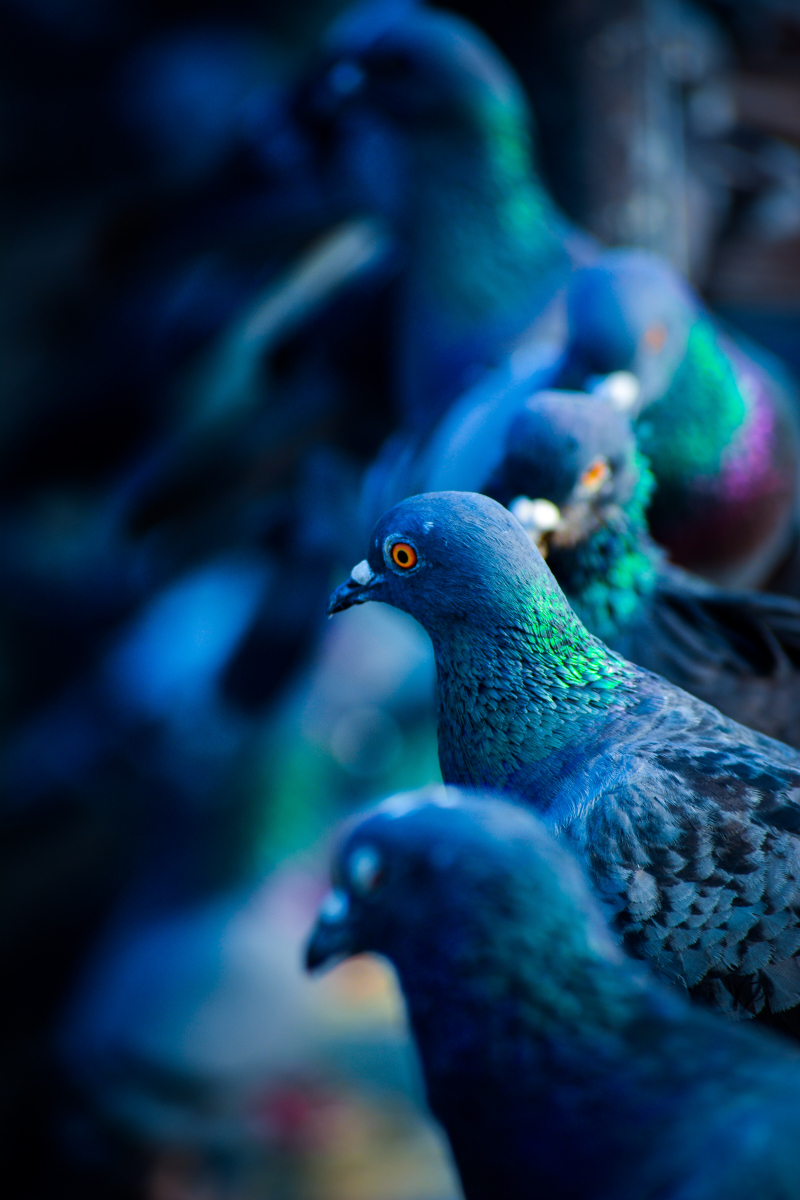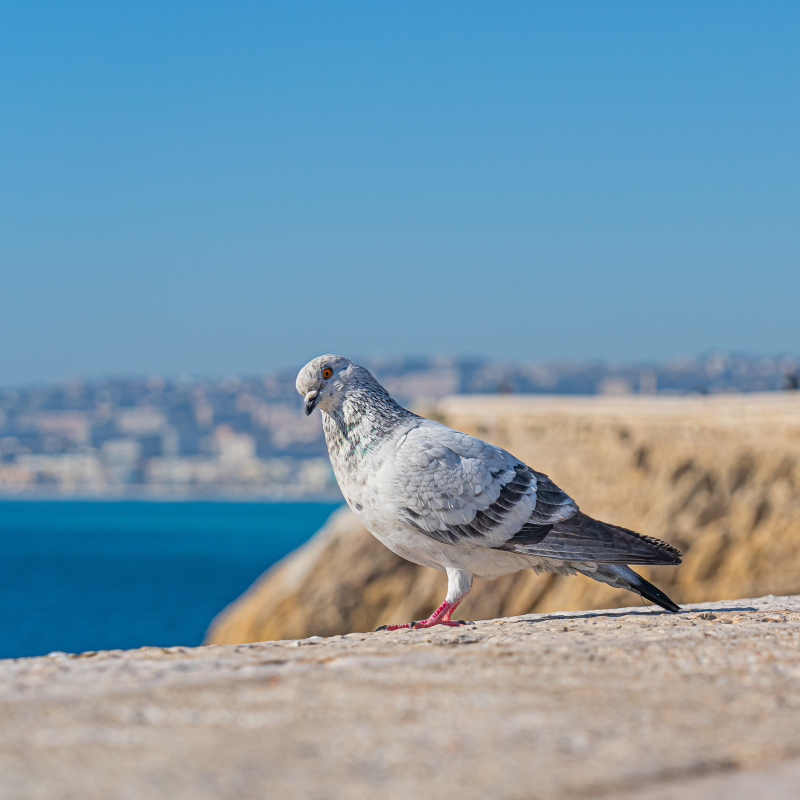A stuffed carrier pigeon that served in World War I
Numerous relics from America's military history are housed in the National Museum of American History of the Smithsonian, both on exhibit and in its storage vaults. The stuffed body of a carrier pigeon named Cher Ami is one of the items on display. In 1917–18, Cher Ami, sometimes known as Dear Friend, served in France with the American Expeditionary Force. In both the First World War and the subsequent, far larger World War, pigeons played a significant role in communications and signal operations. Pigeons had been used to transmit communications before the Americans arrived in France, to the point where the Germans introduced falcons to hunt them down.
Cher Ami performed her duty admirably, delivering 12 messages before suffering an injury while making another trip. The pigeon received a buckshot from an enemy marksman, losing an eye and suffering severe leg injuries, but it nevertheless made it to its destination with the message capsule still within. Cher Ami passed away from his wounds. For its final mission, which contributed to the survival of nearly 200 soldiers, the French gave the bird the Croix de Guerre. Later, the bird was preserved. The Smithsonian's museums and libraries host a number of displays recognizing the use of animals in warfare, including Cher Ami.












